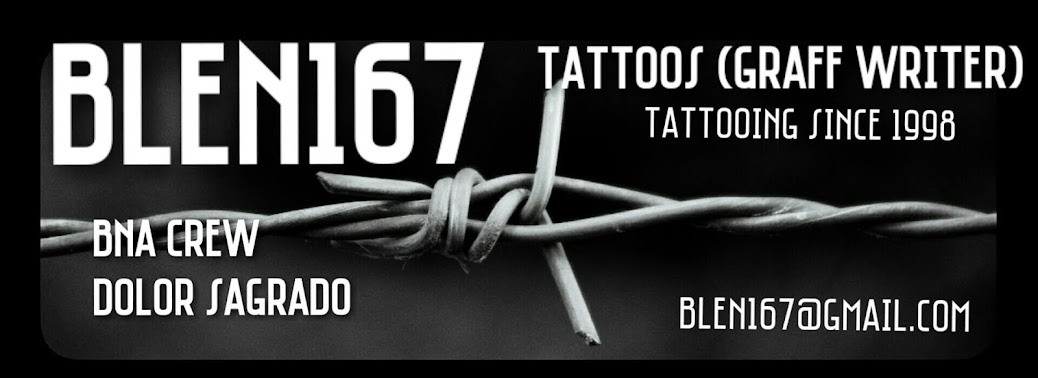
Hip hop music arrived in Cuba via radio and TV broadcasts from Miami. During the 1980s hip hop culture in Cuba was mainly centred around breakdancing. But by the 1990s, with the collapse of the Soviet Union and the onset of the Special Period, young "raperos" were seeking ways to express their frustrations.

Initially hip hop was viewed with suspicion, not just by the government, but by many in the community as well. With raperos emulating US rappers' aggressive posturing and lyrical content, hip hop was seen as just another cultural invasion from the US, bringing with it the violence and problems of the ghettos

The importation and the birth of Cuban rap could be debatable, but many argue that the importation of U.S rap and its influence was brought from Miami. Rap hit Cuba approximately quarter century ago but it was not imported to Cuba until 1990s after the fall of the Soviet Union. However it existed among young moneros, who had a tremendous oral ability and linguistic creativity. At the beginning of establishing Rap in Cuba rap like rock was perceived as a foreign import and while it was never forbidden, neither was it promoted or encouraged” The Cuban government changed its perceptions about hip-hop during 1999 when it declared it as an authentic expression of Cuban Culture. In addition the government formed the Agencia Cubana de Rap (The Cuban Rap Agency) that provides state-run record label and hip-hop magazine, and began supporting the annual Cuban Hip Hop festival. Cuban rappers injected a renovating energy into Cuban music that was taken from hip hop culture. Rap in Cuba began to emerge precisely during the gangsta rap period in the United States which included artists like 2Pac, Notorious B.I.G, Ice-T, Snoop Dogg and many more influential gangster rappers.

Gradually this began to change as raperos began to express their own reality and make use of traditional Cuban culture. One sentiment expressed involved how Cuban politics were not keeping pace with social reality. All Cubans are discouraged from visiting government-designated 'tourist zones,' such as the fancy restaurants and night clubs in Old Havana, and police will ask most who show up there for ID. But statistics show that the police arrest Afrocubans all over the island more often than Whites. Many Afrocubans say the government assumes Blacks are more likely to be involved in criminal activity. This exclusion from night life led to the importance of house parties where raperos were able to establish their own "underground" hip hop scene. The financial constraints of tourist geared night clubs that only accept dollars or venues that cost up to the equivalent of a standard monthly Cuban salary for entry also aided in the significance of house parties in the Cuban hip hop scene

The small, underground gatherings or house parties were referred to as bonches. The bonches were for the true hip-hop fans who were into the less accessible rap in Cuba. "These bonches can be considered the seeds of today's Cuban rap community." As bonches gained popularity, they became too large for private homes, so aspiring DJ Adalberto Jimenez found a public space in Havana, which he called La Mona. The venue did charge a small fee, but it stayed more of a social than commercial club, remaining loyal to the underground scene. Many moneros were interested in creating their own rap, but lack of equipment prevented the formation of professional Cuban hip hop groups until the establishment of the Havana Hip Hop Festival.

In 1995, a group of rappers organized a Hip-hop festival. The annual Hip Hop festival consisted of 50 Cuban and 12 foreign groups: Mos Def and The Roots have supported the event as well as many others. As Hip-hop became more popular, it reached the youth of Cuba and many other countries. As a result, several thousand people globally have attended the festival in previous years.

graffiti in cuba is hardly ever seen there is no sales of aerosol paint so the only murals seen are from writers who vist the island .









thanks to queens and neon for the fotos click on images for better view. in the future ill post more from the colection.

awesome
ReplyDeleteYour brief breakdown of the hip-hop movement in Cuba was quite interesting... I too have a fascination with the artistic expressions of graffiti on a global scale. Thanks for spreading the word!
ReplyDeleteBuenas noches, hermano, yo soy el escritor de graffiti Dingos y educador de arte, de la Ciudad de St. Paul, en colaboración con las organizaciones no gubernamentales y octubre se va a La Habana, y le gustaría tener acceso a HipHop, y hacer un graffiti en Cuba, como yo puedo combinar o hablar con un artista de Cuba, o que viven en Cuba o Puerto Rico, por favor póngase en contacto con necesidad, aquí mi dirección de correo electrónico
ReplyDeletedingosfc @ hotmail, gracias y felicitaciones por los videos maravillosos y felicitaciones GRAFFITI ...
SALUDOS HERMANO
DINGO
DESDE BRASIL